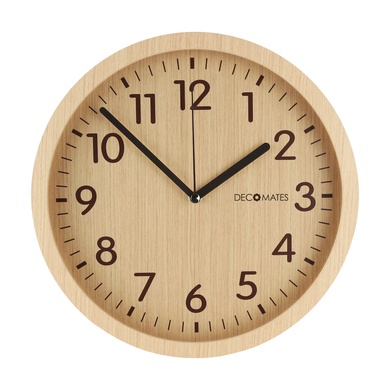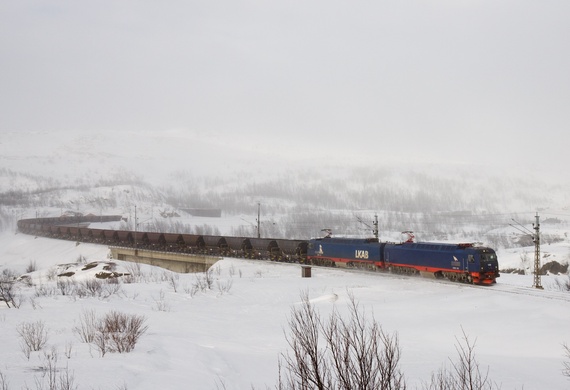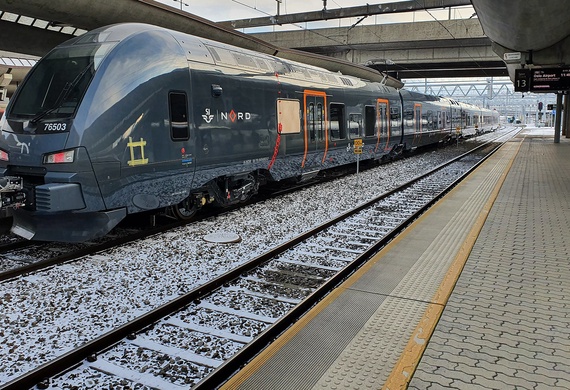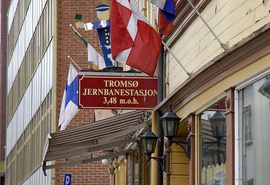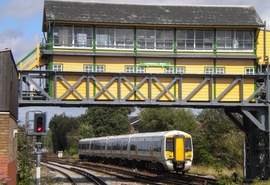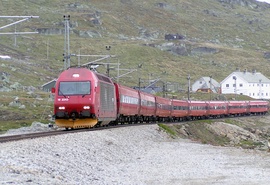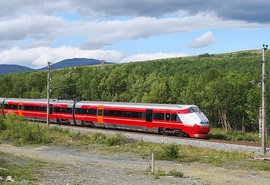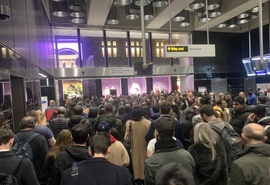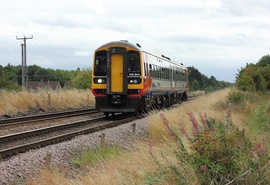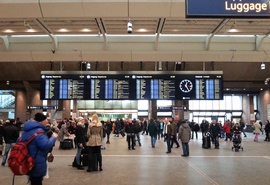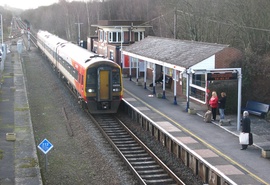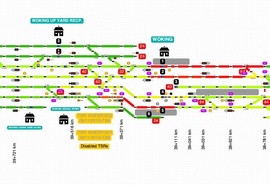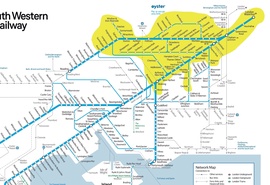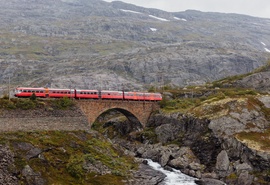Smart ideas to improve railways

trenolab’s core business is helping railways optimise the quality of their operations. From long-term infrastructure planning to short-term timetable adjustments, we support railway operating companies, public authorities and infrastructure managers in planning efficient and robust timetables for purposes including schedule optimisation, infrastructure planning, franchise development and concession bids.
Our key services are outlined below.
- Joint infra and service planning
- Timetable planning
- Infrastructure planning
- Timetable robustness modelling
- Analysis of operations
Joint infra and service planning
Rail operations are the result of a complex interaction between infrastructure and signaling, rolling stock and timetable. This interaction is further complicated by a number of human factors and other unpredictable phenomena and stochastic disturbances.
The complexity of railway operations combined with the high cost and low flexibility of infrastructure forces planners to design the system carefully. They must define network improvements that a) can enter into service quickly to obtain their economic return, b) have a reasonable cost, and c) can be further improved without wasting previous investments.
Jointly developing the timetable and infrastructure plan helps planners select the best set of improvements required to effectively operate the expected services while avoiding unnecessary expenses. In order to offer the highest accuracy, we use the “Planning Loop” approach, which allows us to quickly develop draft timetables and infrastructure improvement plans and then accurately evaluate their effect using network-wide microscopic simulation.
The result is an incremental network and timetable development plan in which every choice is targeted, explained and tested to ensure that it best meets the project requirements.
Timetable planning
Timetables are the core of railway operations and fundamental to our work. Timetables integrate the potential of infrastructure and rolling stock performance with passenger expectations for frequent, fast and punctual services. A careful timetable planning process enables railways to increase the number of trains and their reliability. trenolab uses a unique set of conventional and advanced techniques to create optimised timetables for all types of rail transport from urban metros to high-speed and mixed-traffic railways. We have broad international experience planning timetables for rail lines and complex nodes under all types of operating conditions from saturated to lightly used.
Infrastructure planning
Effective infrastructure planning depends on high quality timetables. A well-designed network provides the minimum amount of capacity needed to support planned traffic with an expected level of disruption; it requires balancing construction costs with operating requirements. trenolab supports railway planners on all types of infrastructure planning from the functional design of large long-term network investments, to quickly implemented solutions for acute problems. In all cases we identify, plan and evaluate alternatives, and fully consider the trade-offs between capacity and service reliability leading to highly effective investment plans.
Timetable robustness modelling
Timetable robustness is a critical factor in railway planning since delays increase costs and lower customer satisfaction. trenolab’s innovative approach to timetable robustness modelling uses advanced stochastic micro-simulation to reproduce real traffic conditions in detail while considering multiple operating days. This method has been applied to large and complex networks to support planners in tasks including:
- Estimating the reliability of a given timetable
- Comparing the performance of different timetables
- Assessing the effects of delay propagation on other lines and complex nodes
- Assessing the effects of delayed services on other services
- Estimating capacity under specified reliability levels
Analysis of operations
Operating reliable services not only leads to higher customer satisfaction, but also allows railways to run more trains on the existing network. Thanks to the experience gained in over 20 completed studies and our TRENOanalysis tool, we offer clients comprehensive railway operations analysis services. We also combine train describer, track-circuit, on-board train monitoring and ticketing data using big data analysis techniques to quickly and accurately identify operational weaknesses. We then attribute these problems to railway processes, the timetable, rolling stock and/or infrastructure. We provide our clients with measures to overcome the weaknesses as well as all the data in useful formats such as diagrams. If required, we simulate our proposed measures to accurately estimate their effect on punctuality and reliability.
Would you like to learn more? Contact Us! Contact us!
How we work
We use the “Planning Loop” approach to provide highly accurate results. The Planning Loop consists of analysing current operations, creating timetable planning scenarios, developing and validating simulation models, using the models to assess alternatives, and analysing the results.

Analysis
The first step in the planning process is to understand real operations by analysing aggregated operational data, such as station passing times, track circuit data, on-board train monitoring and ticketing data. This analysis provides a vast series of diagrams and statistics for further analysis including the identification of disturbances and critical points. This analysis often suggests simple improvements to increase system performance.

Modelling and Validation
The second step in the planning process is to create a microscopic simulation model of the current operations. After validating the model under undisturbed conditions, the operational variables (departure delays, dwell times, and driving styles) that characterise current operations are inserted. These variables are derived by filtering out the effects of delay propagation from the analysis of current operations. The simulation is repeated with the operational variables following a Monte Carlo approach until a satisfactory residual delay is obtained when comparing aggregated model outputs to real delays.
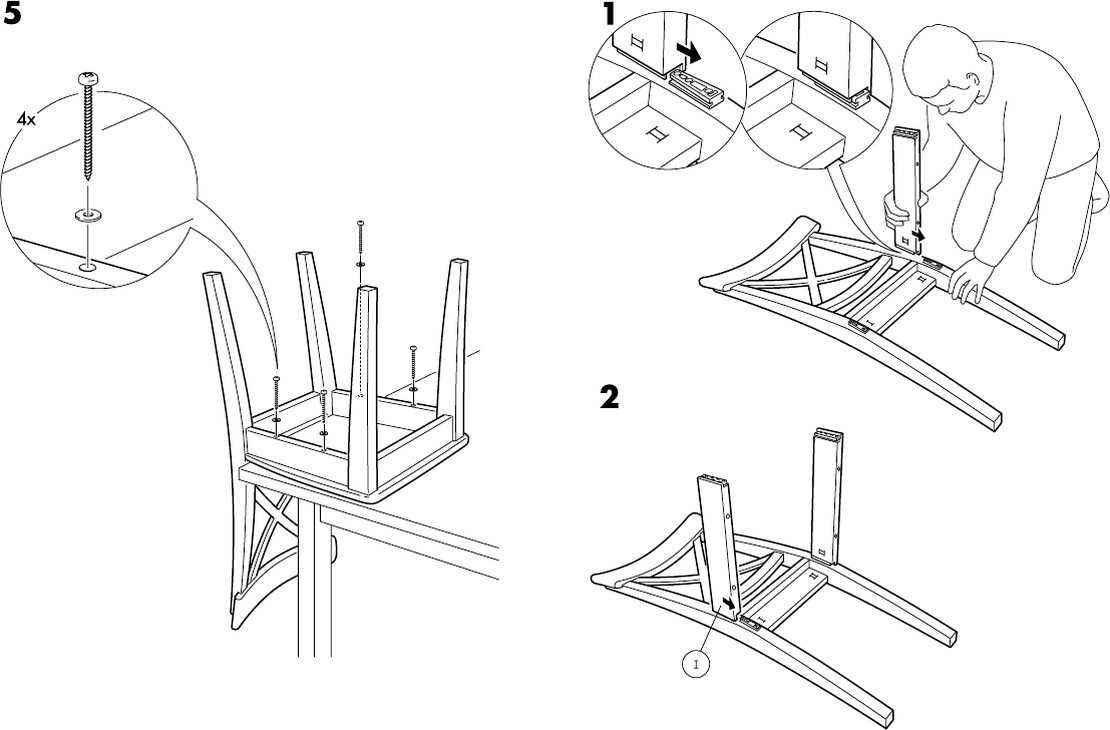
Planning
The main outcome of analysing and simulating current operations is a deep understanding of the critical timetable, infrastructure and process elements. Using our understanding of these elements and considering the time-horizon and other goals of the clients, we propose alternative scenarios designed to help improve service quality with a minimum investment cost.

Simulation of Alternatives
The alternative scenarios are tested using the same inputs and Monte Carlo approach used in the simulation of current operations. This ensures that they are tested under realistic conditions, and that the results are consistent. In the case of longer-term scenarios or when major changes in the operational conditions are expected, a sensitivity analysis of variable delays or dwell times is used to estimate the robustness of alternatives under variable conditions.
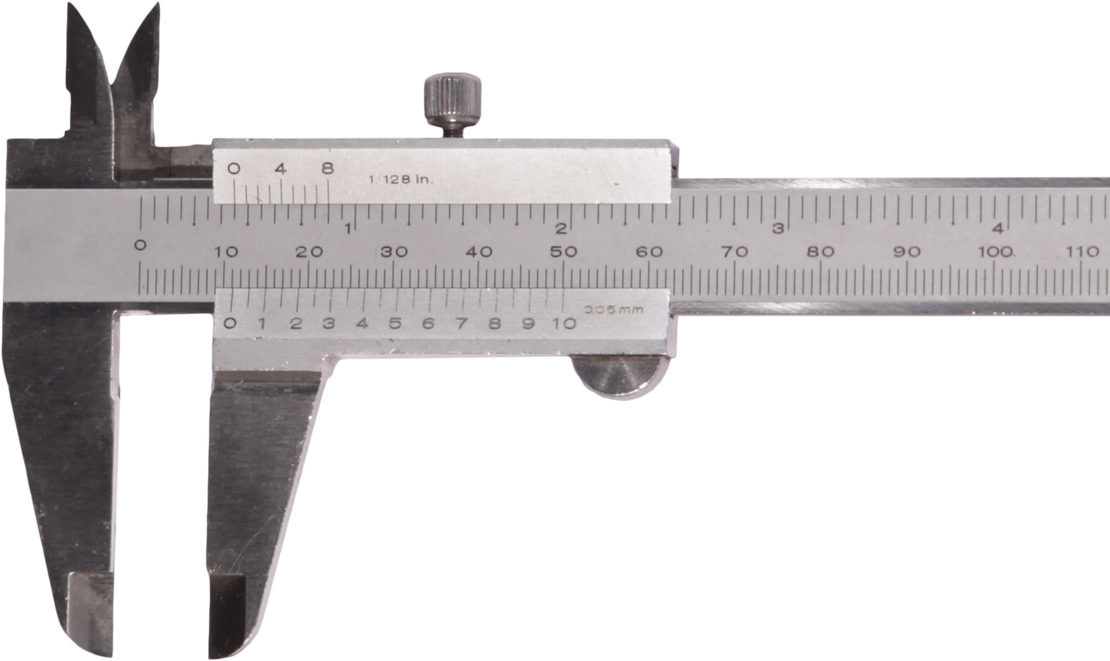
Analysis of Results
In this final step, the outcomes of all simulation scenarios are compared using the same diagrams and statistics used to analyse current operations. In addition to helping planners understand the weaknesses and strengths of all scenarios, this approach directly compares current operations to proposed alternative scenarios using the same KPIs used in practice to benchmark the quality of railway services.
Would you like to learn more? Contact Us! Contact us!
Our latest projects
Results are our best reference
Freight Strategy Study for Combined transport in Norway
Bane NOR (Norway)
Capacity analysis of power package 14 combined transport for T2033 (Norway)
Enhancing Rail Transport Planning Using Microsimulation and Stochastic Models
Jernbanedirektoratet (Norway)
A Case Study Based on the National Transport Plan (NTP) 2025-2036


